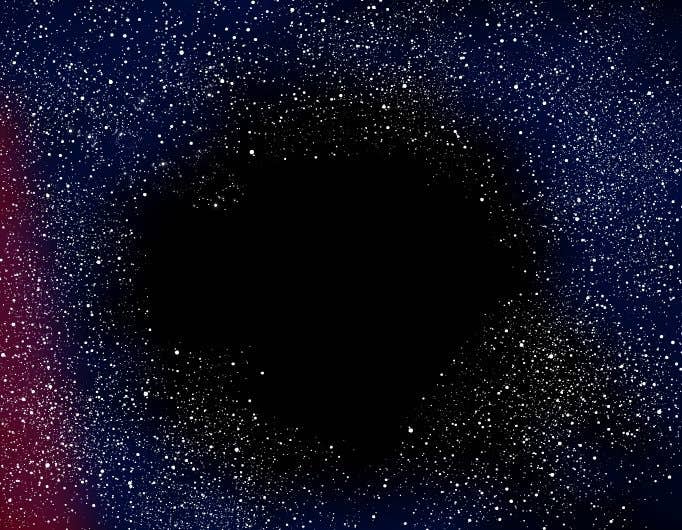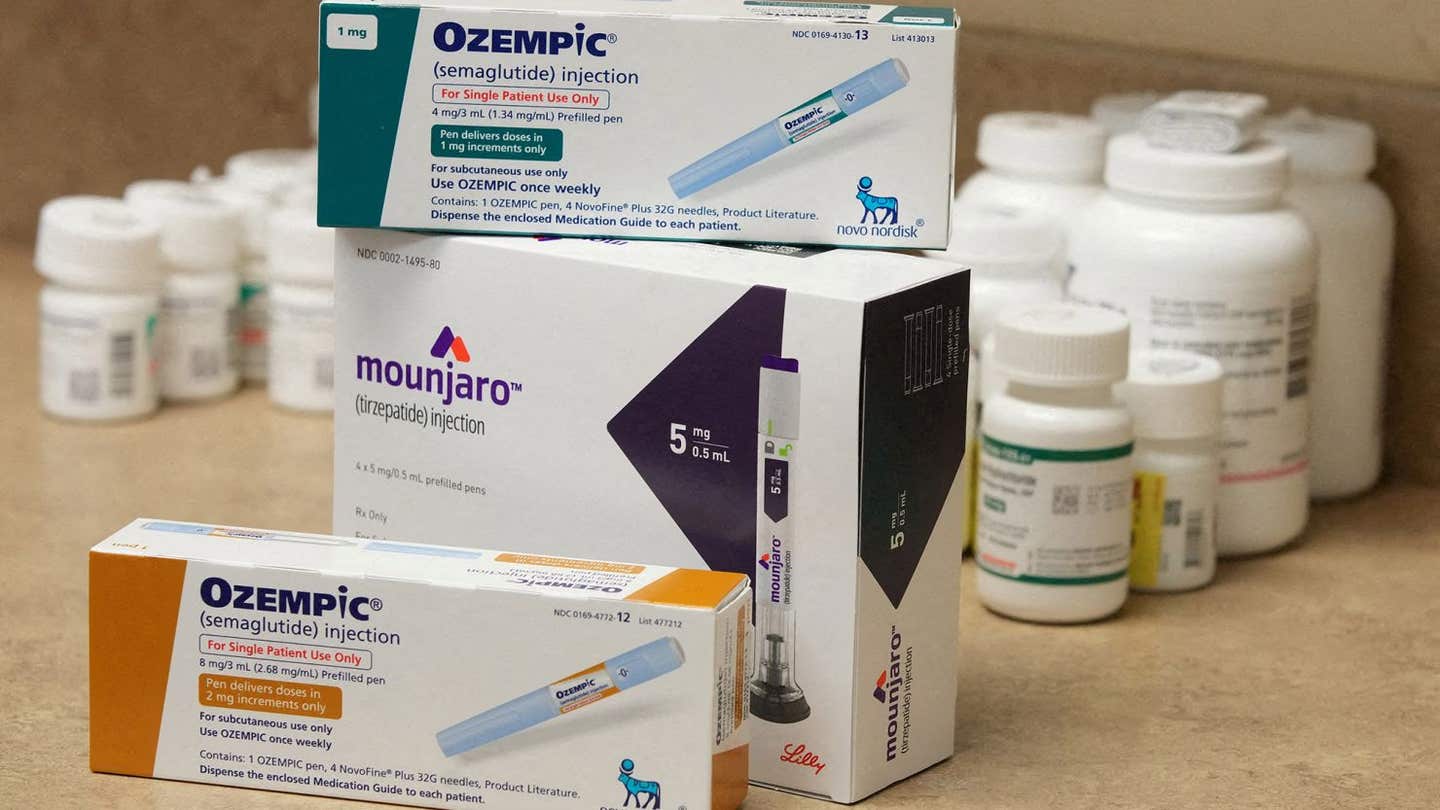Our Milky Way may live at the center of a cosmic void 2 billion light-years wide
Observations over the past decade suggest that matter might not be as uniformly distributed as the cosmological principle implies.

Our galaxy, the Milky Way, is just one of countless others in the universe. While this might suggest we're not particularly special, a closer look at our cosmic neighborhood reveals a surprising story. We may reside in the middle of a giant cosmic void—the largest ever observed. This intriguing possibility challenges our understanding of the universe.
Astronomers first proposed the existence of this massive void, known as the KBC void, in 2013. Since then, evidence supporting its existence has been mounting. If the KBC void is real, it could mean that our current understanding of the cosmos is incomplete or flawed.
According to the cosmological principle, a fundamental theory in cosmology, matter in the universe should be evenly distributed on large scales. This principle allows scientists to apply the same physical laws to objects near us and those at the edges of the observable universe. Essentially, it suggests that the universe is homogeneous and isotropic, meaning it looks the same in every direction and from every point.
However, observations over the past decade suggest that matter might not be as uniformly distributed as the cosmological principle implies. Instead, it appears to clump into regions of high and low densities, indicating significant variations in the distribution of matter.
Evidence of the Void
"By now it's pretty clear that we are in a significant underdensity," said Indranil Banik, a postdoctoral research fellow at the University of St. Andrews, in an interview with Business Insider. Despite some opposition, Banik's research supports the existence of the KBC void.
Banik co-authored a paper published in the Monthly Notices of the Royal Astronomical Society, suggesting we might live near the center of this void, which spans about 2 billion light-years across.
Related Stories
This void is large enough to fit 20,000 Milky Way galaxies in a row from one end to the other.
While the KBC void isn't completely empty—since we exist within it—it is about 20% emptier than the space outside its borders. This might not seem like a significant difference, but it has profound implications for our understanding of the universe.
The Hubble Tension
One of the most puzzling effects of the KBC void is the behavior of nearby stars and galaxies. They are moving away from us faster than expected. This discrepancy is known as the Hubble tension.
The Hubble constant is a value used by cosmologists to describe the rate at which the universe is expanding. According to our current understanding, the Hubble constant should be the same everywhere in the universe. However, the observed expansion rate in our local region is higher than predicted, suggesting a faster-than-expected expansion.
This faster movement could be due to the gravitational pull of high-density regions outside the void, which draw galaxies and stars towards them. Banik and his colleagues propose that these outflows could explain the higher local Hubble constant. Essentially, matter in the void moves more rapidly towards denser regions, causing the observed discrepancy.
Implications and Challenges
If the KBC void exists, it could mean revisiting and revising some of the physical laws we use to describe the cosmos. Banik's theory offers a potential solution to the Hubble tension by suggesting that local voids induce significant outflows of matter.
"The hypothesis that a local void could explain the Hubble tension by inducing significant outflows seems sound in principle, especially given the supporting observational data cited in the study," said Brian Keating, a cosmologist and physics professor at UC San Diego, in an email to Business Insider. However, Keating points out that there are still many unanswered questions, such as the extent of the void's influence.
"If the local void isn't representative of the wider cosmos, this may only provide a local solution, not a global one—that wouldn't 'solve' the Hubble tension," Keating wrote. He also noted that Banik's theory depends on the type of void model used, as different models yield different predictions about void effects and the movement of galaxies.
Alternative Theories
While Banik's void theory is compelling, it is not the only explanation for the Hubble tension. Another hypothesis involves early dark energy, a form of energy that could have influenced the universe's expansion rate in its early stages. However, this theory requires significant adjustments to our current understanding, such as revising the ages of ancient stars, which could imply they are older than the universe itself.
Banik remains focused on his void theory. His next research project will analyze supernova data to determine if the Hubble constant returns to the expected value outside the void. If his theory is correct, there should be no Hubble tension beyond the void's borders.
As Banik continues his research, the mystery of the void and its implications for our understanding of the universe remain an open question. Until then, the Hubble tension serves as a reminder of the complexities and wonders of our cosmos, waiting to be unraveled by future discoveries.
Note: Materials provided above by The Brighter Side of News. Content may be edited for style and length.
Like these kind of feel good stories? Get the Brighter Side of News' newsletter.
Joseph Shavit
Head Science News Writer | Communicating Innovation & Discovery
Based in Los Angeles, Joseph Shavit is an accomplished science journalist, head science news writer and co-founder at The Brighter Side of News, where he translates cutting-edge discoveries into compelling stories for a broad audience. With a strong background spanning science, business, product management, media leadership, and entrepreneurship, Joseph brings a unique perspective to science communication. His expertise allows him to uncover the intersection of technological advancements and market potential, shedding light on how groundbreaking research evolves into transformative products and industries.



